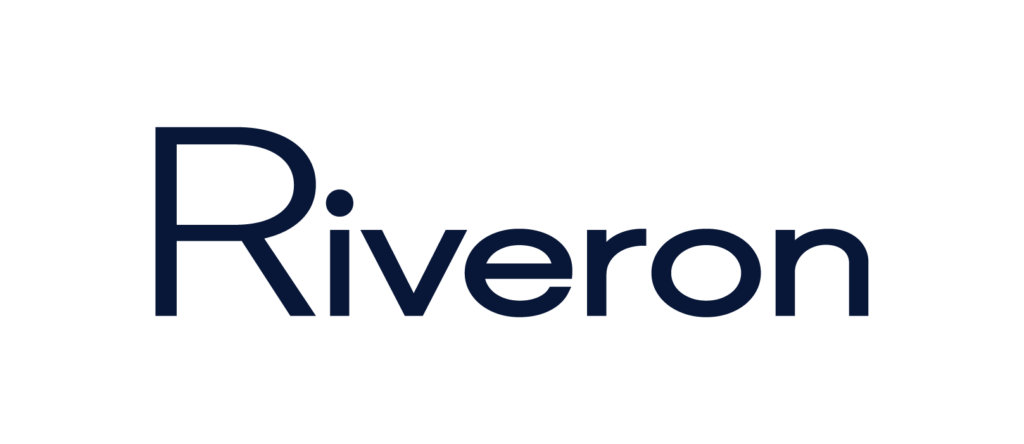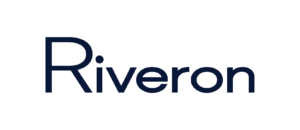Industry Insight: Navigating Disruption in Beverage Alcohol
/Passle/66b0e16610008cf7be5e944d/SearchServiceImages/2025-04-16-03-22-24-897-67ff2270595b27d50b2a6eaa.jpg)
By Riveron contributors Hayley Hutchison and Lynne Long.
The beverage alcohol industry is at a critical juncture. Could a flood of inventory tank prices and dramatically impact collateral values? Stakeholders are trying to decide when the time is right to take action. Changing consumption habits and generational shifts are leading to long-term impacts, exacerbating an already severe oversupply issue. Adding tariff uncertainties to the mix, the industry faces significant challenges. Companies, investors, creditors, and other stakeholders are seeking insights and options.
Key Issues:
- Historic Oversupply: The United States faces a significant oversupply of alcohol beverages, particularly driven by whiskey inventories.
- Declining Consumption: Americans are drinking less, with Gen Z leading the shift in reduced alcohol consumption and changing preferences.
- Excess Inventory: As of December 2024, there were over 9 years of US whiskey inventory on hand, up from the pre-COVID average of 4.9 years.
- Margin Pressure: EBITDA margins have declined since COVID.
- Tariffs: Uncertainty surrounds the impact of tariffs on aluminum, whiskey, wine, and beer.
Riveron is actively working with clients to provide both short-term solutions and long-term strategies to address the uncertainty in this sector.
Companies can consider the following:
1 - Conducting a Strategic Assessment
- Provide an objective, third-party view on market position, capital structure, and strategic alternatives.
- Evaluate near-term liquidity, including cash flow projections and collateral risk.
- Analyze root causes of liquidity leakage and margin degradation.
2 - Managing Liquidity and Working Capital
- Develop a 13-week cash flow plan to guide near-term decisions.
- Improve internal processes and reporting to enhance working capital.
- Create and execute a plan to monetize excess inventory.
- Analyze major contracts to extract liquidity and profitability, and lead negotiations.
3 - Looking at Operational and Long-Term Profitability
- Align production with market demand, procurement, and finance.
- Mitigate production inefficiencies and optimize yields.
- Enhance operational and financial reporting.
- Reassess SKUs and adjust the product mix.
- Realign cost structures and operational footprints.
4 - Rethinking the Balance Sheet and Capital Structure
- Negotiate forbearance or credit amendment terms to buy time for strategic execution.
- Explore alternative capital solutions, including debt refinancing or new equity.
- Execute balance sheet restructuring or sale processes, both in-court and out-of-court.
Riveron provides the expertise and strategic guidance needed to navigate the current environment and position the industry for long-term success. If you’re a stakeholder or interested in learning more about this sector, contact us - we’d love to have a conversation.


